MMtwo
Ideal_Rock
- Joined
- Sep 20, 2009
- Messages
- 5,052
I a curious to learn why some diamonds have a larger center that seems like dead space right before the facets. This diamond is a great example of a large one (whatever it is)...In an old cut, it would be the culet area. Is there a name for it? How do I avoid it?
Thanks!
PS: Don't worry, this stone is not under consideration!
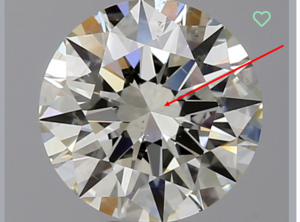
Thanks!
PS: Don't worry, this stone is not under consideration!



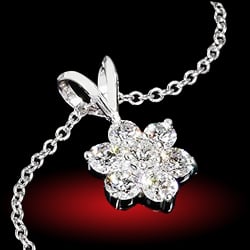
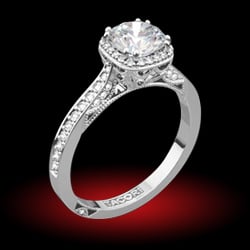
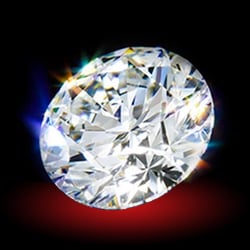
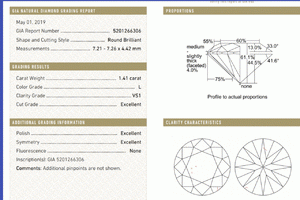
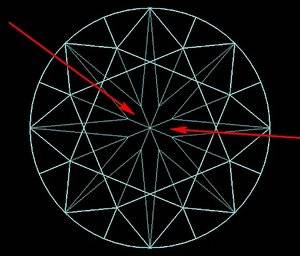
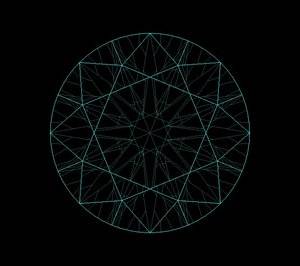
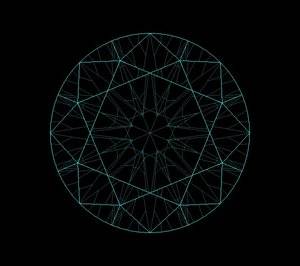
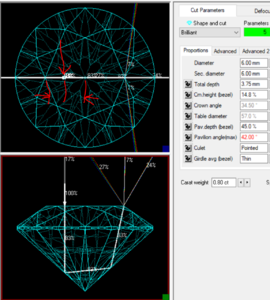
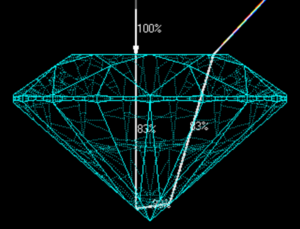
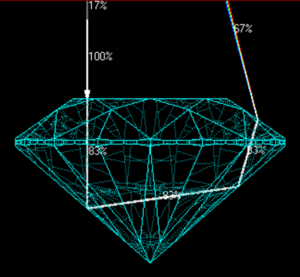

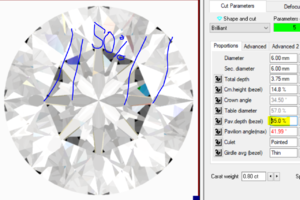
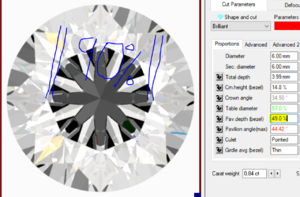


300x240.png)